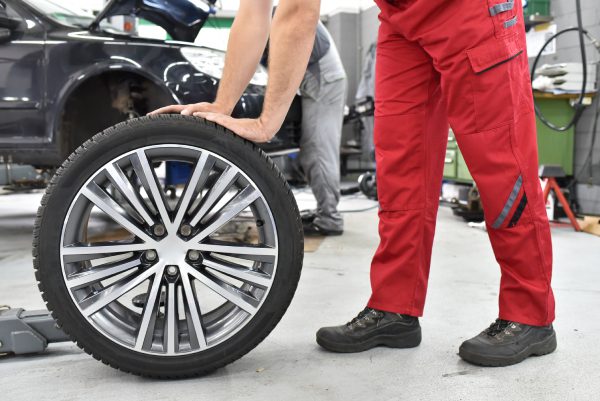Basic tyre care and maintenance
There are some regular checks you can do to ensure the safety of your tyres. As well as checking your tread depth with the 20p test, you should check the pressure of your tyres every month and before every long journey. Low tyre pressure affects handling and grip, uses more fuel and is more likely to lead to a blowout, especially on high speed motorways.
Punctures can happen to tyres whatever condition they are in, and not every driver will have the same options when it comes to replacing punctured or damaged tyres. Older cars are much more likely to have a full size spare wheel and tyre, while newer cars may only have space saver wheels or emergency puncture repair kits.
We can answer many of your tyre care and maintenance questions – such as how to use an emergency repair kit, if tyre valves need to be replaced, and what to do if your car gets a slow puncture.
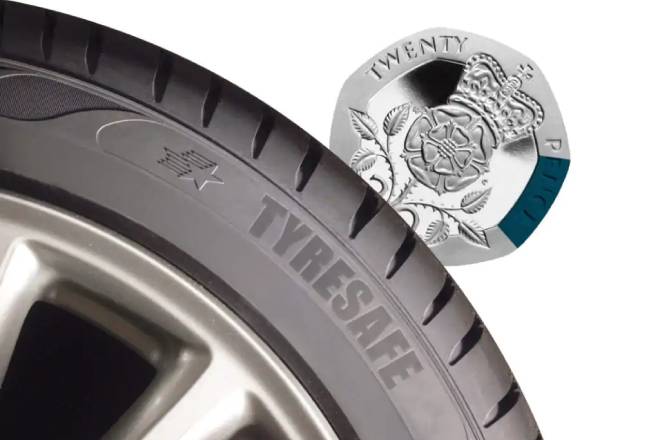
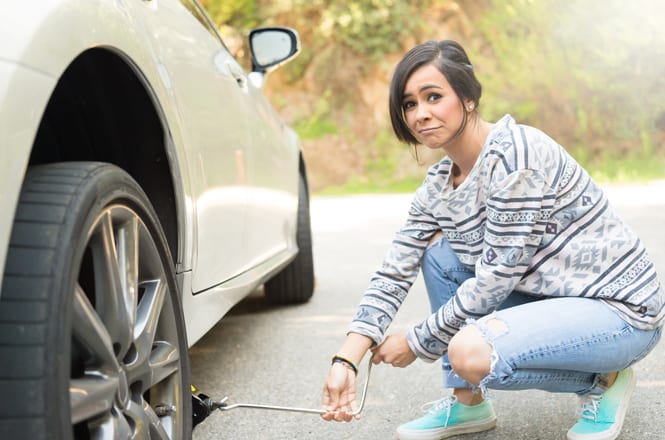
What happens if there’s damage to my tyre?
Punctures can be potentially dangerous. If your tyre gets a puncture what should you do?
It may be possible to continue with your journey by replacing your tyre with a spare or space saver wheel, or by using a temporary puncture repair kit (if safe to do so). These are only temporary measures, however, and you should get a professional to replace your damaged tyre with a standard sized tyre as soon as possible.
Slow punctures are a little different. It may take days or possibly weeks to realise that your tyre has a slow puncture. The best way to avoid the potential issues associated with them is to regularly check but there are also tell-tale signs when you’re driving: your car might be drifting to one side; the steering wheel vibration, or changes in handling. Once you know you have a slow puncture, you should take your car to a tyre specialist as soon as you can. They will be able to either repair it or assess whether a new tyre is needed.
Driving on a spare tyre
Hopefully only a few of us will have to drive on a spare tyre – but in such an eventuality you should know what to do.
It is important to remember that for front wheel drive cars, if one of your front tyres is punctured, you should move the rear tyre on the same side to the front, and fit the spare to the rear. This is for safety reasons.
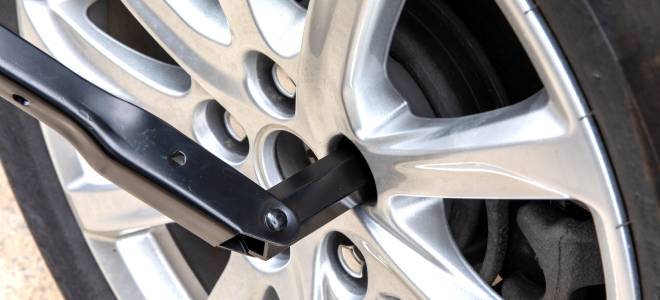
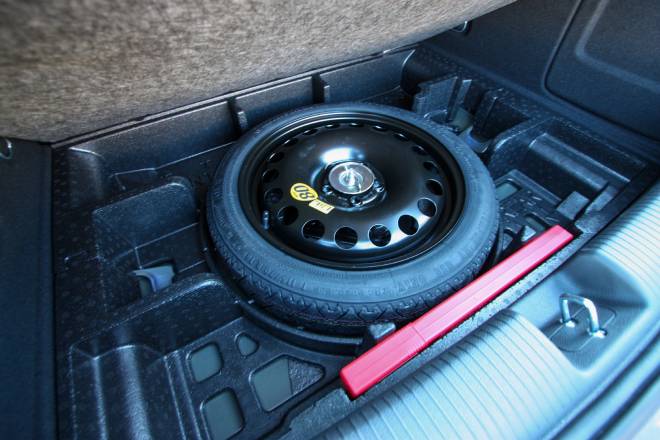
Using a space saver wheel
Older vehicles may have a space saver wheel, which can be used in the event of a puncture. Space saver wheels are smaller and thinner than your car’s regular tyres, and should only be used to drive to a professional garage so that a regular tyre can be fitted.
It is recommended that you should drive for no more than 50 miles on a space saver wheel, and keep below a maximum speed of 50 mph. This is because a space saver is not designed to permanently replace the original wheel and tyre – it is a temporary ‘emergency’ solution to allow you to drive to a tyre fitting outlet.
The same basic rules apply to changing your space saver wheel as making emergency puncture repairs. You should find a safe place on the road away from moving traffic, all your passengers should leave the car and you should switch on your hazard warning lights. A flat surface should be found to fit your space saver wheel.
Remember: it is unsafe to change a tyre on the hard shoulder of a motorway or dual carriageway. Exit the vehicle on the passenger side and call your breakdown recovery service.
We have more advice for changing a tyre and fitting a space saver.
Emergency puncture repairs
Modern vehicles increasingly do not have space saver wheels. Instead they are supplied with emergency puncture repair kits, which can be used to repair tyres temporarily and allow you to continue on your journey until a proper repair can take place.
There are definite benefits to emergency puncture repair kits. They are considerably smaller than a space saver wheel, and offer a temporary fix in four out of five punctures. The car does not need to be jacked up. But puncture repair kits should only be used if it is safe to do so.
Here are more instructions on how to use a puncture repair kit.
It should be remembered that using an emergency tyre puncture repair kit should only ever be a temporary measure. As soon as it is safe to do so you should get the tyre replaced by a professional.

